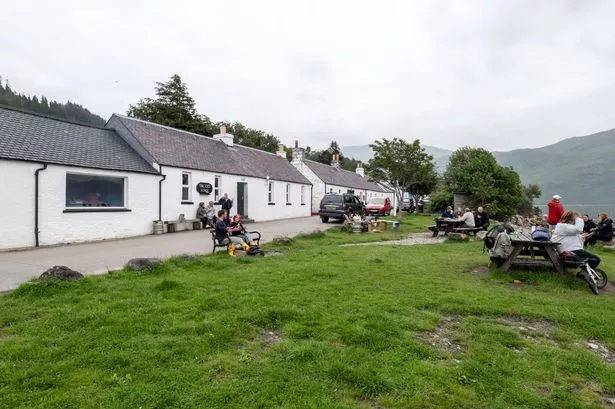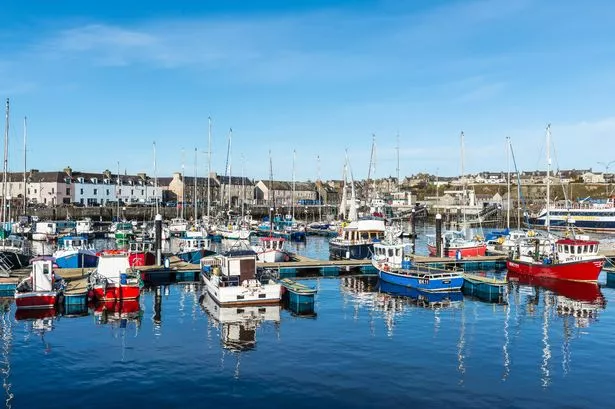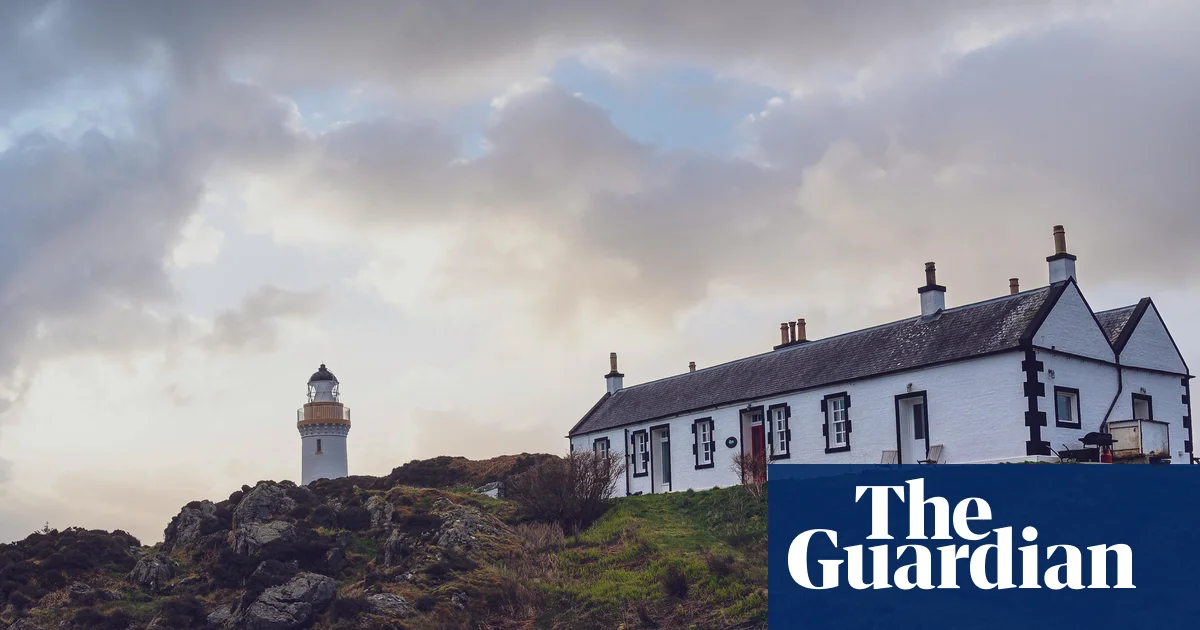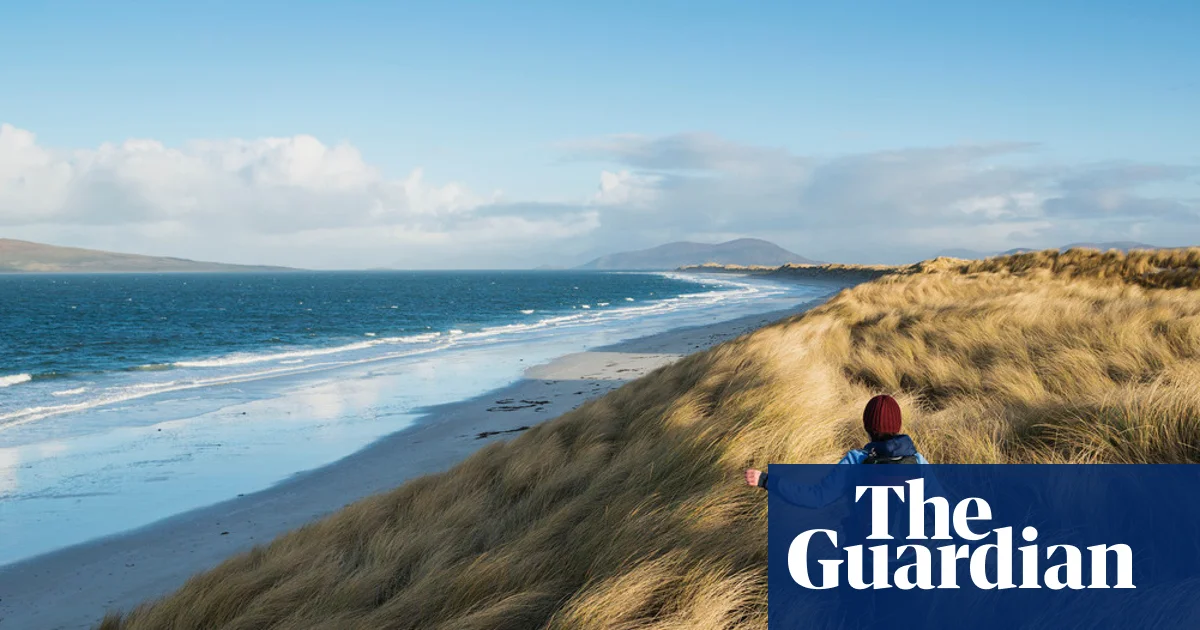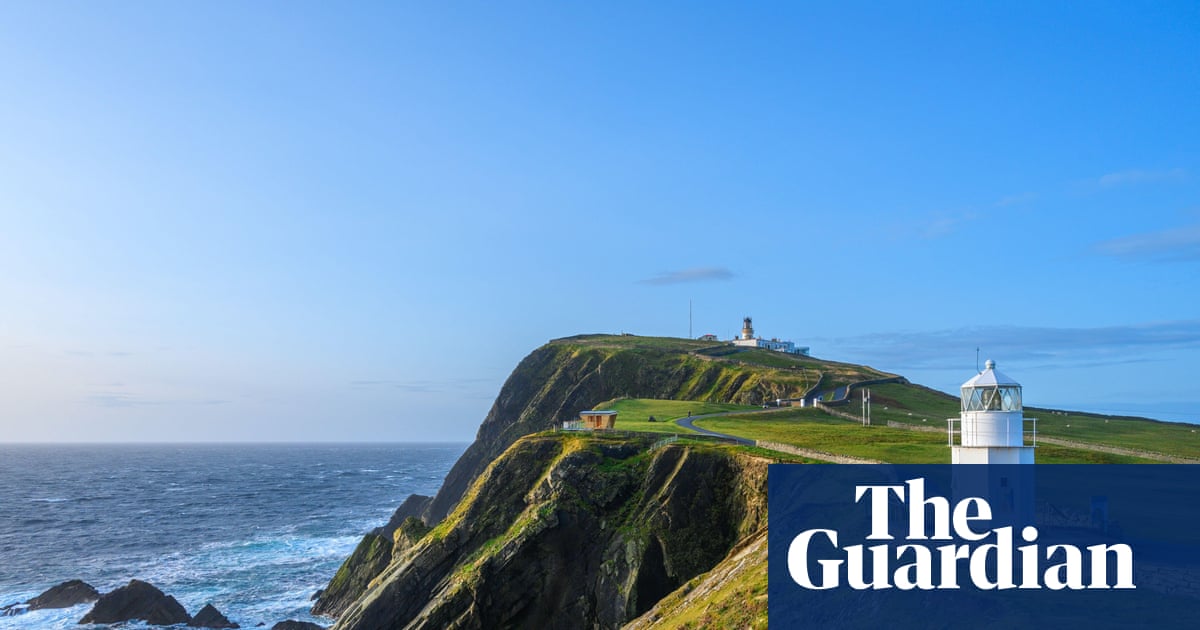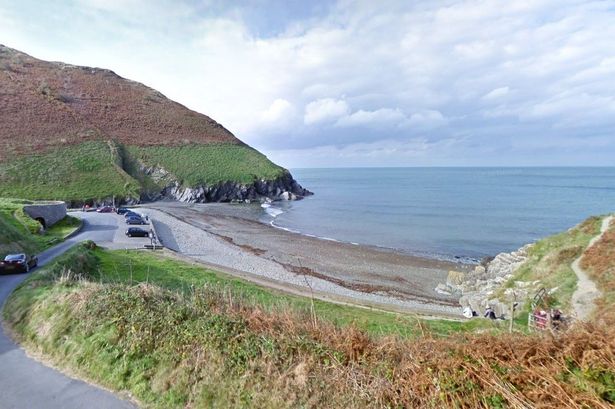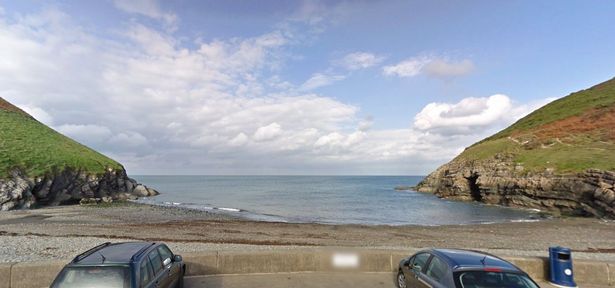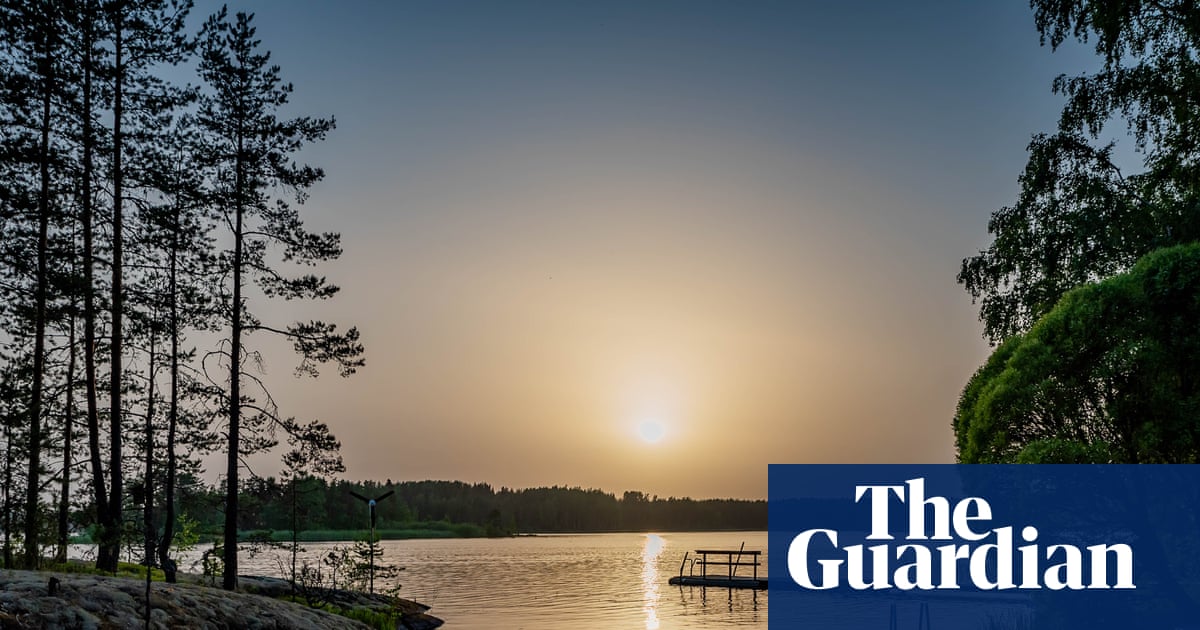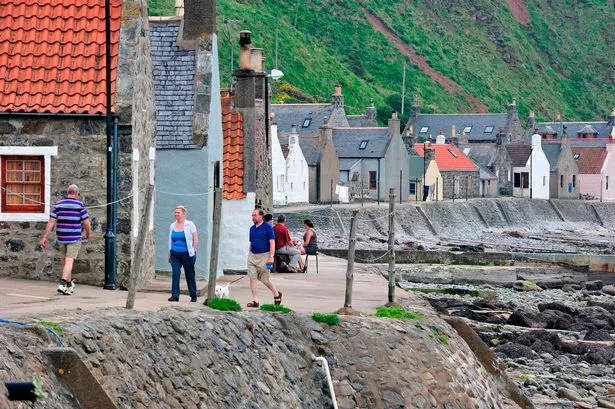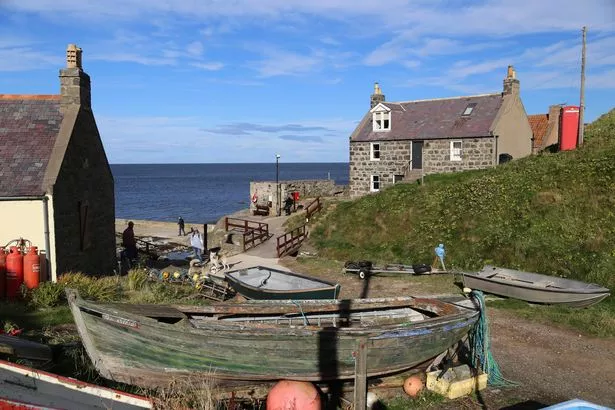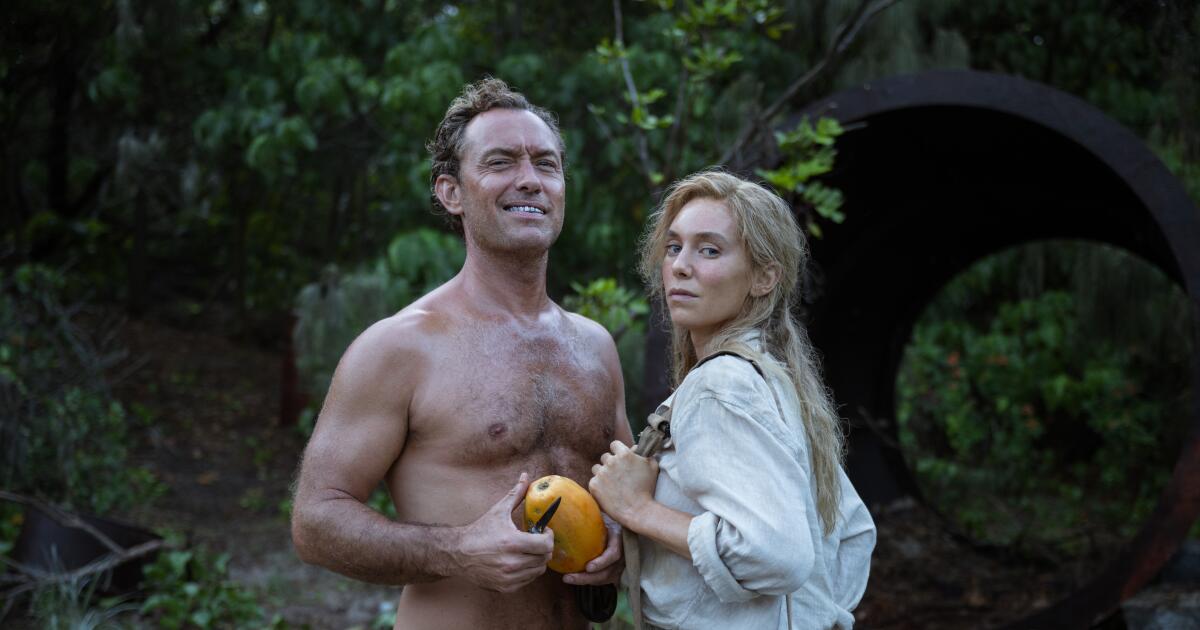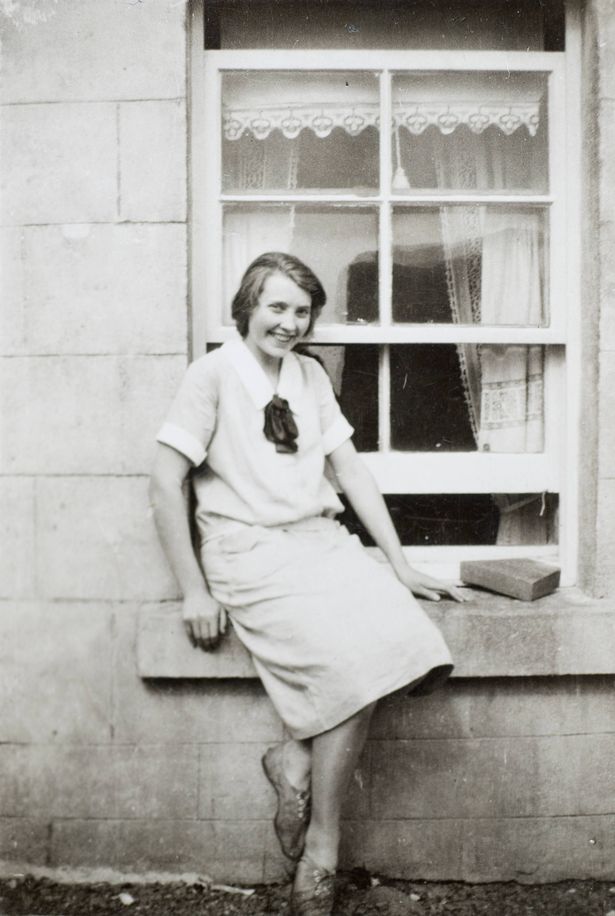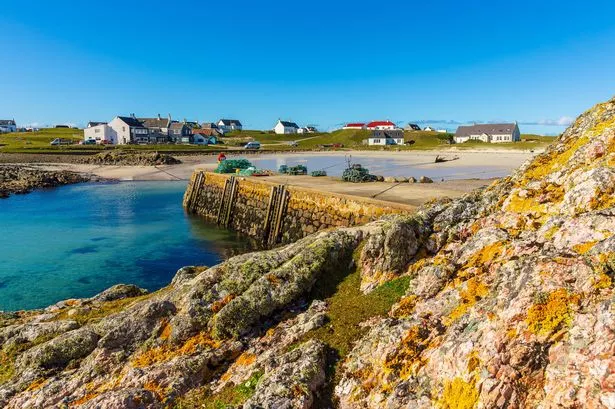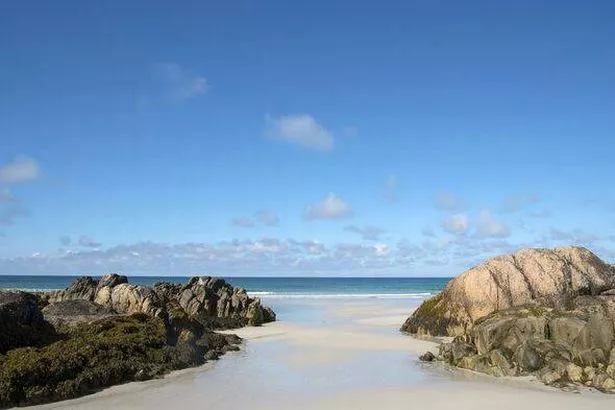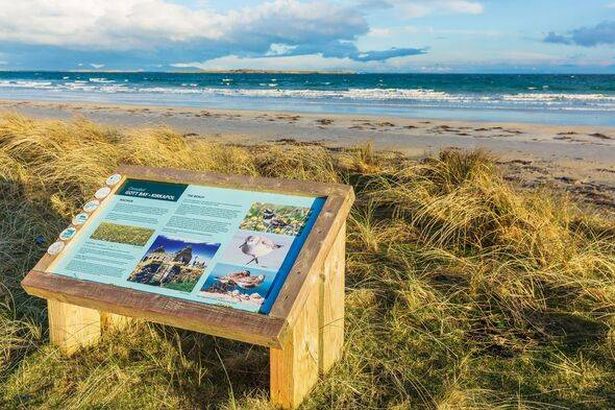The village of Inverie in Scotland is thought to be the UK’s most remote village and it’s home to the most remote pub too a place that visitors never seem to tire of visiting
During the Covid lockdown, residents of Inverie faced greater challenges than most communities across Britain.
The small village of roughly 120 people depends entirely on its ferry service for everything from food and post to medicine and freight. When Western Isles Cruises cannot run the ferry to Inverie – which happens frequently due to poor weather conditions – nothing can enter or leave the settlement.
That’s because Inverie in Scotland has no road access whatsoever, only a gruelling two- to three-day trek over the mountains. The ferry service is therefore the villagers’ sole lifeline to essential supplies.
During the coronavirus pandemic, the usual 28 weekly sailings were slashed to just three – operating only on Tuesday, Thursday and Friday.
READ MORE: I’m a flight attendant – these are the dirt-cheap cult products I always buy when I’m abroadREAD MORE: ‘Most picturesque railway line in UK’ with waterfalls and castles finally reopens
“The pier has drop-off bins and a container plus many local residents would be keenly waiting the arrival of their supplies. In normal times they would create a human chain to help unload the boat up the steps and onto the pier but during Covid they couldn’t,” a blog on the ferry service’s website reads, reports the Express.
“So the skipper and crew unloaded the boat whilst the locals looked on at a distance. We didn’t need Joe Wicks as the workout was intense, especially at low tide! The crew were never so slim.”
The main village on the Knoydart Peninsula, Inverie sits on the northern shore of Loch Nevis. Whilst numerous villages in that region are isolated, Inverie is world-record-breakingly so.
It holds its own Guinness World Record for the Most Remote Village in the UK to prove it. It earned this distinction because there are no roads leading to it – you can only reach it by boat from Mallaig, or by tackling an arduous 16-mile trek through extremely isolated countryside.
Whilst getting there presents a challenge, the journey proves worthwhile for two compelling reasons: the stunning scenery and the local boozer.
The John Muir Trust, who own the land, are currently rewilding sections of Knoydart to restore its natural state.
“Centuries of burning and over-grazing by sheep and deer have damaged the habitat here. Over the last 30 years, we’ve planted native tree species and controlled deer numbers to improve biodiversity. Now we’re seeing the natural regeneration of birch, oak, hazel, rowan, Scots pine and other tree species,” the Trust’s website reads.
“As the trees have regenerated on Knoydart, native wildlife has returned. This includes pine marten, roe deer, bats and many types of woodland birds. There are also otters, foxes, water voles, buzzards and different types of eagle. Knoydart is also notable for a wide range of species in its wet heaths, grasslands and snow beds. We expect to see more biodiversity as the woodland continues to expand.”
Inverie village comprises little more than the renowned Old Forge – which bills itself as “the Remotest Pub in Mainland Britain”. “We are proud to be one of a few community-owned pubs in Scotland. Whisky, real ale, traditional music and amazing service are our passions,” the Forge claims online.
There are very few with a bad word to say about the pub, which stands as a welcoming beacon of warmth, open almost every day of the year, regardless of the weather.
“Heaven on earth. Had an amazing meal for my hubby’s 67th birthday recently. Such a friendly atmosphere and the food was excellent too – fish and chips for me, macaroni cheese for hubby. Freshly cooked and delicious! This visit was sublime in every way, the scenery wasn’t bad either,” one satisfied customer wrote on Tripadvisor.
Another added: “No visit to Inverie is complete without a visit to The Old Forge. What the community have done to the place since the buyout is outstanding, it is a credit to all who have worked so hard to revive this fantastic place to its former glory. Always a pleasure to visit and partake in wonderful food and drink, all served by a very enthusiastic group of folk. Hope to be back one day. Keep up the good work.”
The Knoydart Snug is operated by the pub and has a handful of beds available to those who get stranded in Inverie. With a lively pub and stunning scenery on your doorstep, you may find yourself hoping that the weather turns.
The simplest route to Inverie involves a scenic train ride to Mallaig, followed by a short ferry trip. The direct Glasgow to Mallaig train journey on the West Highland Line, run by ScotRail, is a treat in itself with stunning Scottish views.
The journey spans roughly 160 km and takes about 5 hours and 15 minutes, with multiple services operating each day.
